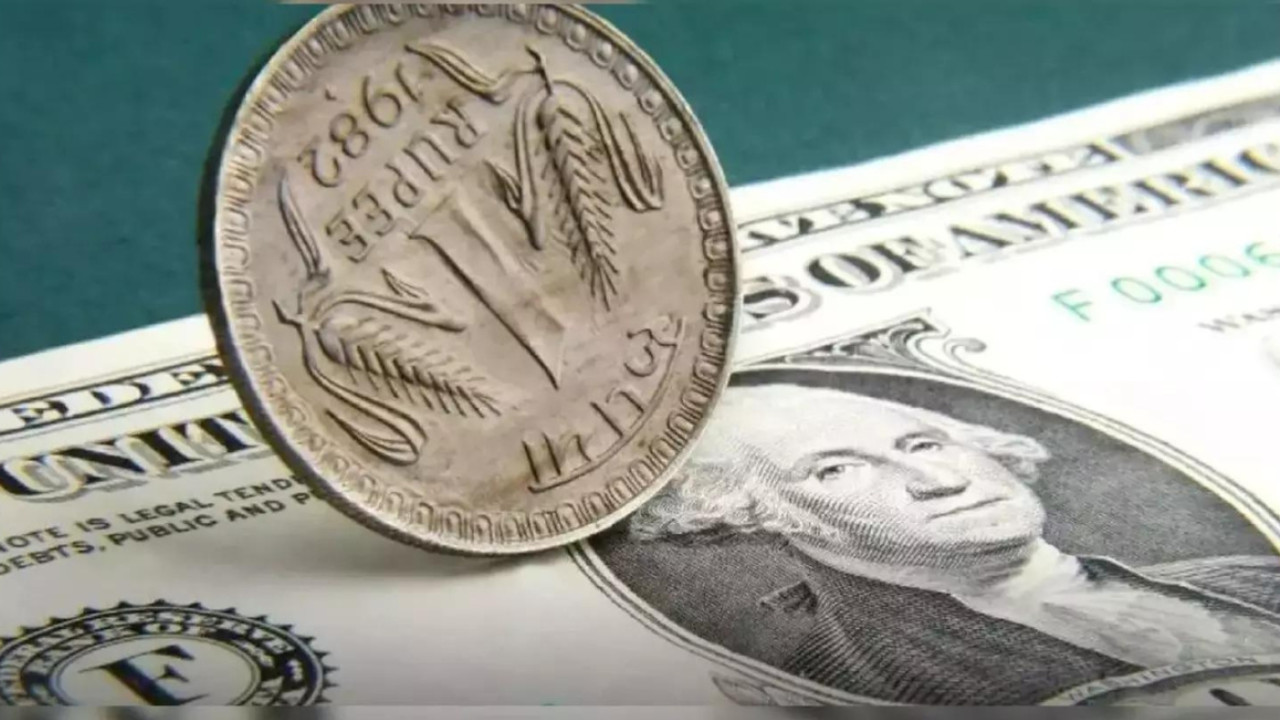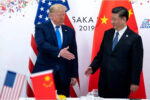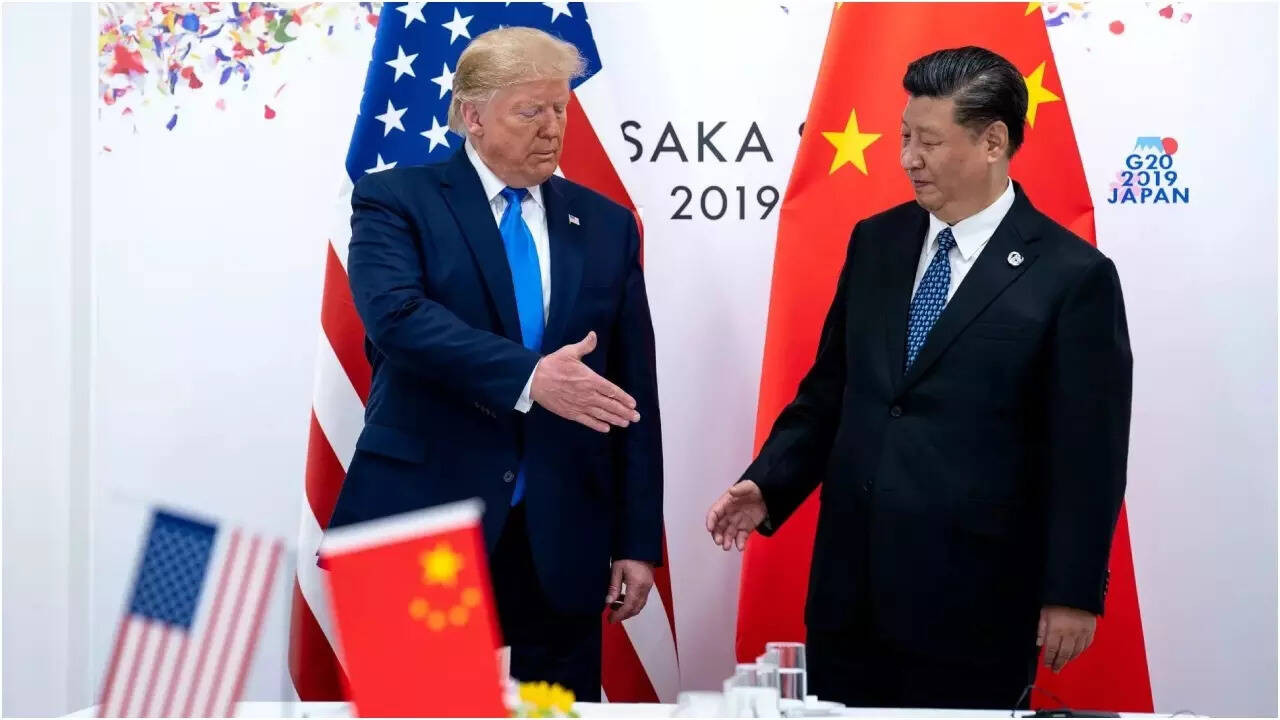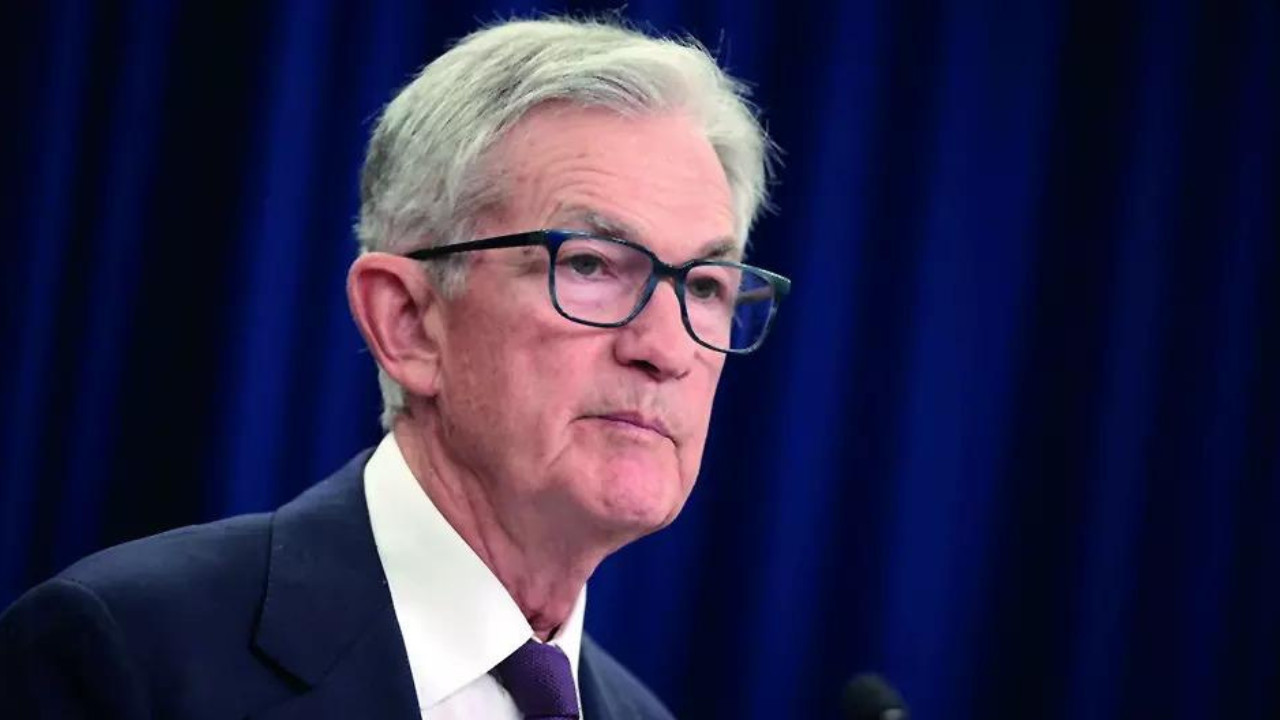The Indian rupee hit an all-time low of 88.81 against the US dollar, pressured by weak domestic equities and global risk-off sentiment. Foreign fund outflows further impacted investor sentiment, though RBI intervention and falling crude oil prices provided some support. US-China trade uncertainty and a firm dollar continue to weigh on the rupee.
The Rupee’s Rocky Road: Navigating Choppy Currency Waters
The Indian rupee recently dipped to a record low, sparking conversations about the factors influencing its performance and what it means for the Indian economy. The currency slipped to ₹83.81 against the US dollar, a move that prompts reflection on the interplay of global economics and domestic financial health. What forces are at play here, and what does this mean for everyday Indians and businesses alike?
Understanding the Rupee’s Slide
Several interconnected elements contribute to the rupee’s current position. One significant factor is the strength of the US dollar. The dollar has been flexing its muscles on the global stage, driven by robust economic data in the US and the Federal Reserve’s monetary policy decisions. When the dollar strengthens, other currencies, including the rupee, often feel the pressure.
Another key player is Foreign Institutional Investor (FII) activity. FIIs invest in Indian markets, and their investment decisions have a tangible impact on the rupee’s value. Lately, we’ve seen outflows from FIIs, meaning they’re pulling investments out of India. This creates demand for dollars as they convert their rupees back to their home currency, further weakening the rupee.

Geopolitical events also inevitably cast a shadow. Global uncertainties and shifts in international relations can influence investor sentiment and trigger fluctuations in currency markets. It is not something isolated. For example, the ongoing Russia-Ukraine war is a known factor for the overall volatility.
The Ripple Effect: How the Rupee Impacts You
The rupee’s exchange rate isn’t just an abstract number; it has real-world implications for individuals and businesses. For instance, imports become more expensive when the rupee weakens. This means that everything from electronics to raw materials for manufacturing can cost more, potentially leading to inflation – a rise in the general price level of goods and services. If you are importing, then a weaker rupee will sting.
On the flip side, a weaker rupee can boost exports. Indian goods and services become more competitive on the international market because they are effectively cheaper for foreign buyers. This can benefit export-oriented industries like textiles, IT services, and handicrafts. For those exporting, the news is potentially good.
For those planning international travel or studying abroad, a weaker rupee translates to higher expenses. You’ll need more rupees to purchase the same amount of foreign currency, making trips and education more costly.
Navigating the Currency Currents: What’s Next for the Rupee?
Predicting the future of any currency is a complex exercise. However, certain factors will likely play a crucial role in the rupee’s trajectory. Monitoring the US Federal Reserve’s monetary policy decisions is essential. If the Fed continues to raise interest rates, it could further strengthen the dollar and put additional downward pressure on the Indian Rupee.
The Reserve Bank of India’s (RBI) actions will also be critical. The RBI can intervene in the currency market to stabilize the rupee, but such interventions have their own implications. The RBI could use its foreign exchange reserves to buy rupees, thereby increasing demand and potentially pushing the value higher.
Moreover, the overall health of the Indian economy matters. Strong economic growth, stable inflation, and sound fiscal policies can attract foreign investment and support the rupee. See our other analysis on [the impact of the latest budget on Indian markets](link-to-related-article).
A Call for Stability and Resilience
The recent dip in the Indian Rupee highlights the need for continued vigilance and proactive measures to ensure economic stability. While external factors undeniably play a role, strengthening India’s economic fundamentals and fostering a stable investment environment can provide a buffer against global headwinds. Ultimately, a resilient economy is the best defense against currency volatility, creating a more predictable and prosperous future for everyone.






